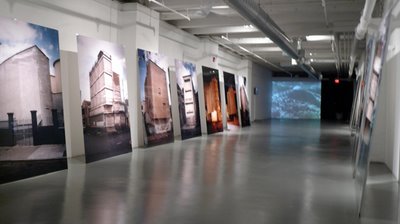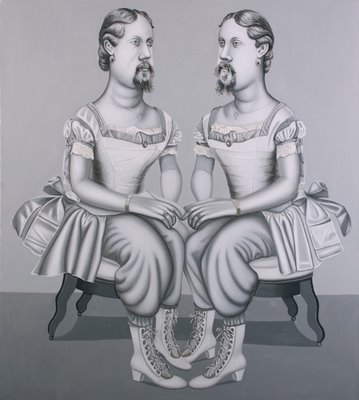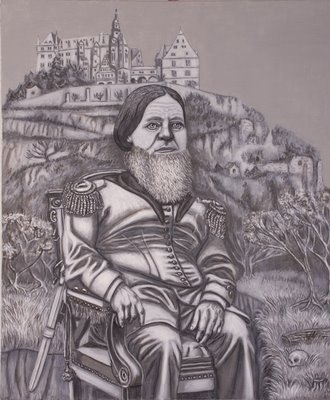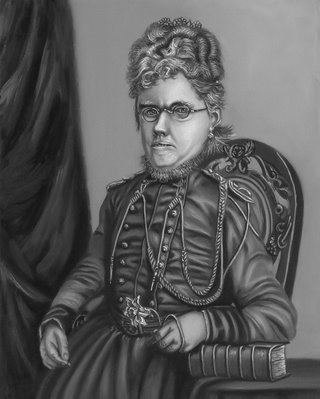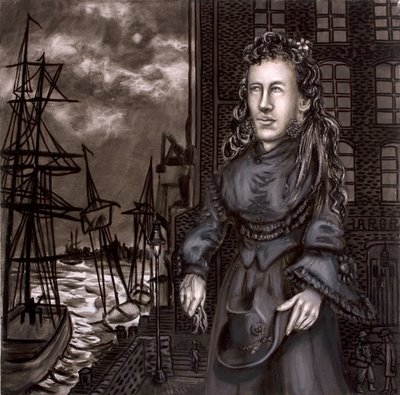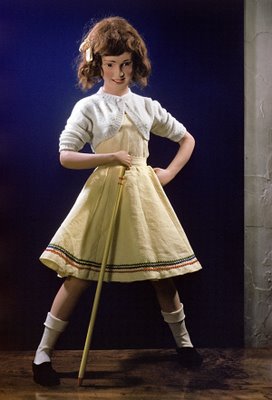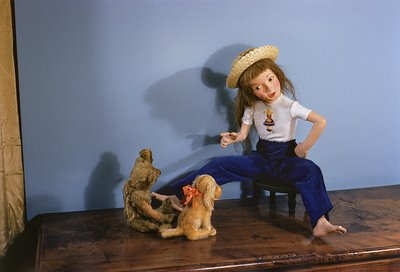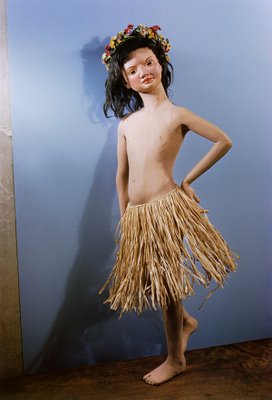Close and Storr to speak at BU
Artist Chuck Close and curator Robert Storr will have a public conversation at Boston University at 6 p.m. Thursday, Nov. 1, as part of the college’s fourth annual Tim Hamill Visiting Artist Lecture Series. The talk is free.
Close, a major New York painter, photographer and printmaker, is known for his giant portraits based on photographs. They began in the late 1960s as astonishing photorealist heads in black and white, then color. He later switched to portraits built from grids of colored dots and ovals that were at once abstract and, when you got back a bit, coalesced into a sort of dot-matrix realism.
As I’ve written in the past, portraits remain a constant in Close’s equation, even as over nearly four decades he’s changed variable after variable and set the process in motion again. It’s clear there’s something charged in his choice of imagery, but for him selecting a single subject all those years ago – the human face – cleared a variable out of the way so he could focus his attention on a dispassionate examination of formal permutations and an interrogation of visual perception in the age of mechanical reproduction.
He’ll be joined by Storr, the dean of the Yale School of Art, a consulting curator at the Philadelphia Museum of Art, and former curator at New York’s Museum of Modern Art. Storr was commissioner of the 2007 Venice Biennale, as BU’s press release notes, “the first American invited to assume that position.”
“Chuck Close and Robert Storr in Conversation,” Boston University’s Morse Auditorium, 602 Commonwealth Ave., Boston, 6 p.m. Nov. 1, 2007, free.
Close, a major New York painter, photographer and printmaker, is known for his giant portraits based on photographs. They began in the late 1960s as astonishing photorealist heads in black and white, then color. He later switched to portraits built from grids of colored dots and ovals that were at once abstract and, when you got back a bit, coalesced into a sort of dot-matrix realism.
As I’ve written in the past, portraits remain a constant in Close’s equation, even as over nearly four decades he’s changed variable after variable and set the process in motion again. It’s clear there’s something charged in his choice of imagery, but for him selecting a single subject all those years ago – the human face – cleared a variable out of the way so he could focus his attention on a dispassionate examination of formal permutations and an interrogation of visual perception in the age of mechanical reproduction.
He’ll be joined by Storr, the dean of the Yale School of Art, a consulting curator at the Philadelphia Museum of Art, and former curator at New York’s Museum of Modern Art. Storr was commissioner of the 2007 Venice Biennale, as BU’s press release notes, “the first American invited to assume that position.”
“Chuck Close and Robert Storr in Conversation,” Boston University’s Morse Auditorium, 602 Commonwealth Ave., Boston, 6 p.m. Nov. 1, 2007, free.





